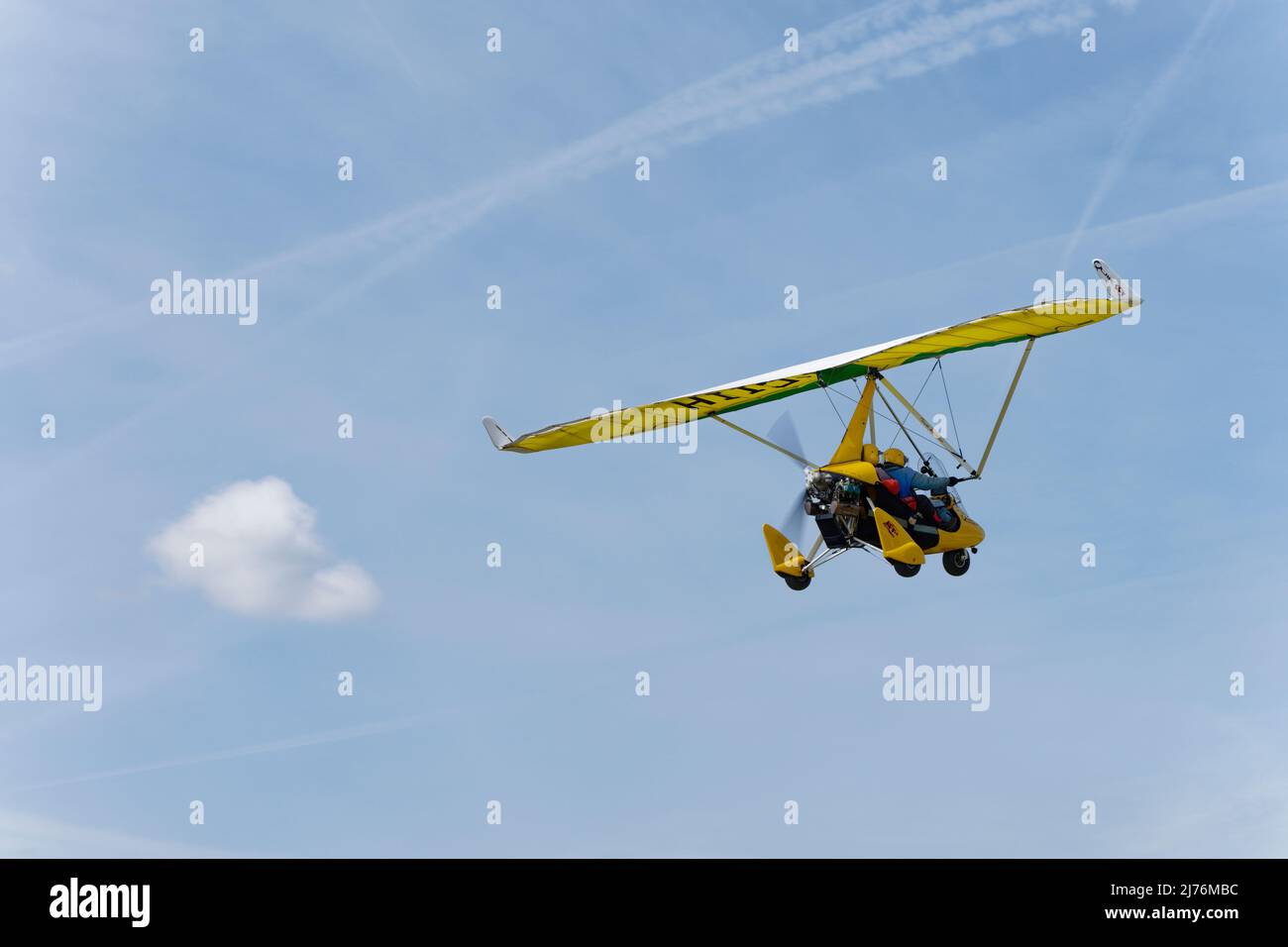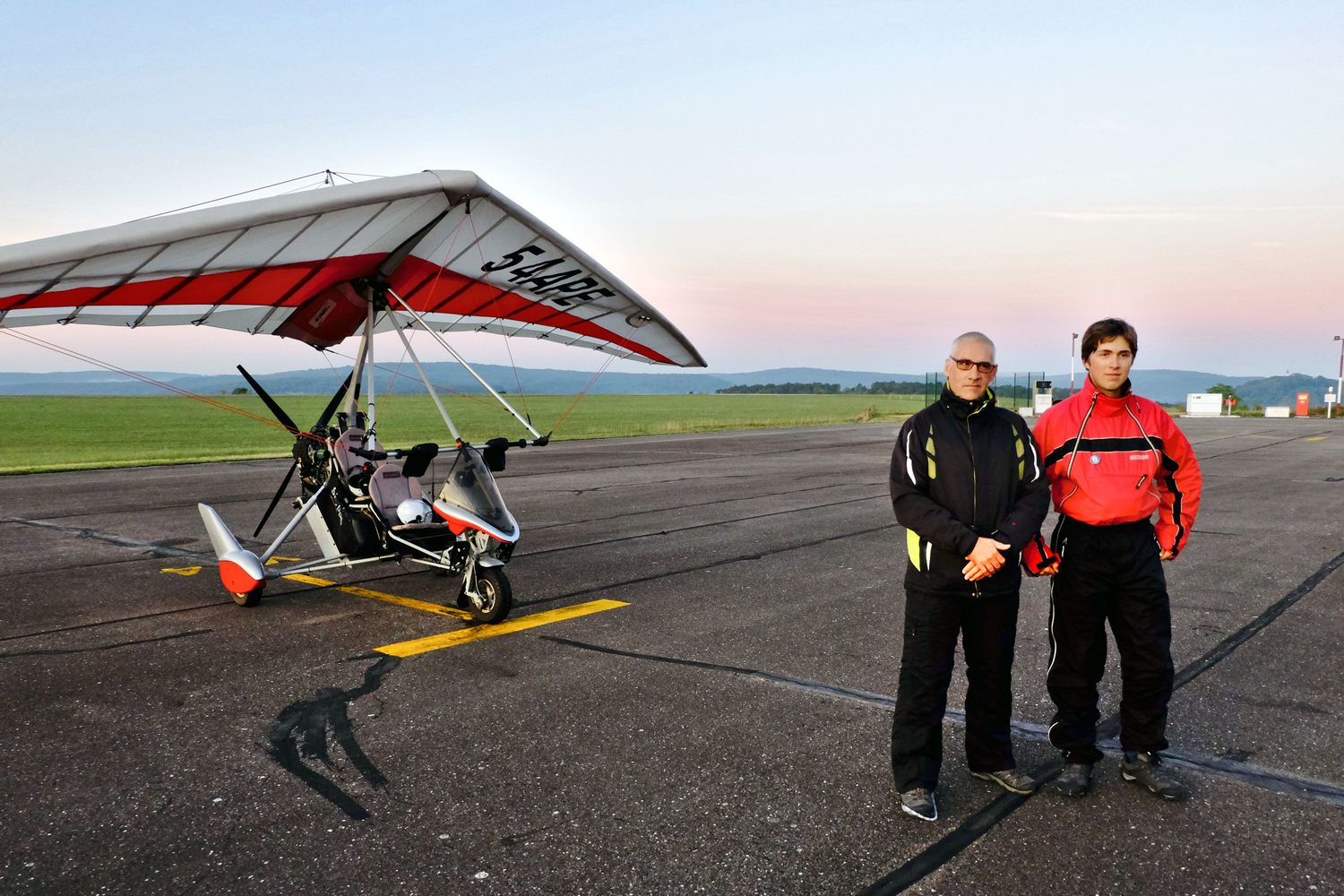Ultralight Trike Aircraft - These aircraft have curved wings where the propeller of the three-piece fuselage is suspended by a propeller. The pod has a single pilot, or a pilot and one passenger. Travel offers flexibility, accessibility, and fun flying, and has been popular since the 1980s.
They are classified as microlights in Europe, and as sports lights in the United States. Airplanes are also known by other names, including 2-axis microlights, flex-wing trikes, microlight trikes, deltatrikes.
Ultralight Trike Aircraft

The history of the trike comes from the invention of the flexible wing of Francis Rogallo and the development of the hands and skills of the Paresev gineering group and others. In 1948, engineer Francis Rogallo created a body part that disappeared on March 20, 1951.
Tandem Ultralight Trike Wing Bionix2 3d Model $99
As a Soft part. In 1957, Rogallo released his license to the government and with the help of the hurricane, NASA began a series of tests of Rogallo's wings - which included the Para Wing - to see if it was a way to recover the Gemini capsules. recovery of Saturn rocket parts.
The group of F. Rogallo changed and converted the variable method into a fixed type. This usually involves reinforcing the leading parts with compressed air or solid materials such as aluminum tubes. In the 1960s, NASA tested a flight called the Ryan XV-8 or Fleep (short for 'Flying Jeep')
And by March 1962, there was a multi-role aircraft named Paresev. In 1967, all the Para Wing projects were abandoned by NASA to use spiral parachutes without serious consideration of the development of manned gliders, but the simplicity of the design of the airfoil and the simplicity of the construction, and the ability to move slowly and with the shape of the glider , is not seen by flight controllers now. The challenge is to adapt and fit Rogallo's flexible part with the right frame to be used as a controller.
The main feature of this trike is the introduction of several mechanical devices developed by Paresev and Fleep gineers; shows Rogallo wings are ideal for free, powered and unpowered flights, and safe landings.
Air Trikes: Eagle Aqua And Trike Floats
And experiment Paresev caused interest in the design among many tinkerers, including Barry Palmer, and Sport Aviation 1962 showed Jim Hobson of Experimtal Aircraft Association (a part of which appeared on US national TV in the Lawrce Welk Show in 1962). An Australian engineer, Mike Burns, developed and used the Rogallo-airfoiled SkiPlane as a shuttle from 1962 to 1960. Another citizen of Mike Burns, John W. Dickson, developed ski-kites and the truth cooperated with Mike Burns to move forward. ski-kite; designed a ski-kite that used what can be seen in 1929 George A. Spratt's simple triangular control rod or A-frame with single-point pdulum weight displacement control.
Where the pilot sits in a rocking chair where the control frame and wire harness distribute the load to the wing while giving the frame freedom to push/pull to control weight.
No kites with lenses are used for water skiing. The Ski Wing Kite was publicly flown at the Grafton Jacaranda Festival in September 1963 by Rod Fuller on the back of a motorcycle. Advertising in Australia as Bill Bennett

Although in the early 1970s several hard wings were produced, none of them sold well, while the soft wing industry was expanding all over the world, making the difference to Dickson's Ski Wing. In 1972, the magazines Popular Technologies and Popular Science published articles on the speed of the aircraft that increased its popularity.
Ultralight Trike Airplane Flying Stock Image
Profits for the manufacturers of hang gliders and hang gliders for the Rogallo-festival have already been planned and ensure that the sport is popular. Dickson's innovation and creativity created a controller that greatly reduced the complexity of handling, storage, operation, assembly and maintenance. In addition, the elastic part allows the body to make possible additional adjustments.
The requirements were joined by the designers Paresev, Barry Palmer, John Dickson, Bill Bennett, Bill Moyes, Richard Miller, and hundreds of other designers to win the hang glider.
In 1961, engineer Thomas Purcell built a Rogallo wing glider with an aluminum frame, wheels, seat and control sticks; it soon replaced the floating wheel and motorized airplanes.
In 1964, a Swiss engineer, Pierre Aubert, saw a photo of NASA's Fleep and finished building a trike. Like Fleep, Rogallo's part is stable and does not allow pdum to change its weight.
Vskylabs Releases Aeros 2 Ultralight Trike Project
In March 1967, pilot Barry Palmer completed the first prototype of a real weight-shifting trike: the Paraplane;
It was steered by a vertical stick like the Paresev test glider it supported. The aircraft uses two West Bd-Chrysler 820 engines of 8 hp at 6000 RPM, derated to 4700 RPM at approximately 6.5 hp each, for a total of 13 hp. Each gin is equipped with a 27-inch two-blade propeller made of polyester and fiberglass. On March 24, 1967, Palmer registered the trike with the FAA as the Palmer Parawing D-6, serial number 1A, registration number N7144; no restrictions were observed.
The second Palmer trike, Skyhook (FAA registration N4411), in its early days, had many modern features, except that it used one snowmobile engine, like two twin - cylinder engines. not available yet. It is powered by a 17 hp at 5000 RPM single-cylinder JLO L297 two-stroke engine, powered by a mechanical system designed and built by Palmer himself and driven through a 2.1/1 reduction gearbox. The engine had an electric start and the hull had fiberglass springs. Airframe construction is 6061-T6 thin tube aluminum, with 6061 T-6 wide angles. The plane took off, flew, and landed at about 30 mph.

The commercial availability of Dickson's hang glider made the Rogallo wing more popular, and led many builders in the 1970s to experiment with the hang glider.
Vskylabs Test Pilot: Aeros 2 Trike Project
But unlike Barry Palmer - who put the cter of gravity well under the keel - many builders were riding the gine to the wings, where it is better to betwe to ask for more power, making the plane difficult to drive, or not ugh power. about. heaven. It didn't happen until Roland Magallon looked to ride the super bright Motodelta
(part of the Rogallo hybrid designed by Jean-Marc Geiser in the 'fuselage' and the steering wheel) of Magallon decided to replace the 'fuselage' Motodelta with a simple tubular pdulum and lose the steering wheel.
Magallon is now thought to have named it the trike because he was the first to sell it. They named the first model 'Mosquito' and sold it from October 1979 to 1981. The model was powered by a 125 cc McCulloch MC-101A motor, delivering 10 hp at 8000 RPM to a direct-drive engine with variable pitch. Later, it was equipped with a 210 engine that produced 15 hp (11 kW) at low RPM.
"Trike", as it has recently become known, quickly became popular in the UK and France, where it was also born. Trike Technology also shows its origins, although its wings are no longer gliders, but are designed for power. In fact, none of the commercially available trike wings can be used as advanced gliders because they are too heavy and too fast.
Photograph Of Ultralight Trike With Condom Ads On Its Wing, Flying On Intense Blue Sky Stock Photo
Most trike manufacturers just make the inner rack and buy their fenders elsewhere. Most of these companies are located in Europe, and many are emerging in the United States. Manufacturers can also be found in India, South Africa, Australia, and elsewhere. At the more basic level, manufacturers often sell single-use furniture for $10,000–$17,000.
Prices often depend on whether the unit is included. Two people, the best performers can take $15,000 - $30,000 and up. For example, the two-seater Air Creation Tanarg can cost up to $85,000 when loaded with all the available options.
Brian Milton flew from London to Sydney in 1987 in the Dalgety Flyer which was the longest microlight flight which took 59 days. The Dalgety Flyer is on display at Sydney Airport. In 1998, he made the world an ultralight, completing an 80-day flight (in 120 days) in the Global Flyer, quantum Pegasus, including crossing the Alps and being eaten by a Syrian MiG, setting a Guinness World Record for the first time and the brilliant international circuit and the result is the award of the Britannia Trophy and the Segrave Trophy.

On January 19, 2008, Mark Jackson from Altrincham, UK, jumped on Kilimanjaro. In doing so, he broke the record for the highest altitude seen in low light, 7,395 meters, and the fastest ascent to 6,100 meters (25 minutes). He also broke the British record for the longest 3,000 meters (3,000 m) (19 minutes). He flew with Eva Jackson.
Two Seater Ultralight Trike
In 1994, the highest record was established by Serge Zin in Saint-Aubin at an altitude of 9720 meters. Apogee 14 "Flash" is the result of more than 2 years of design, design tests and production.
Aircraft appraisal online, free aircraft appraisal, aircraft appraisal services, aircraft appraisal cost, aircraft appraisal jobs, aircraft appraisal course, aircraft appraisal training, business appraisal, rolex appraisal, appraisal software, 409a appraisal, aircraft appraisal report
Post A Comment:
0 comments so far,add yours